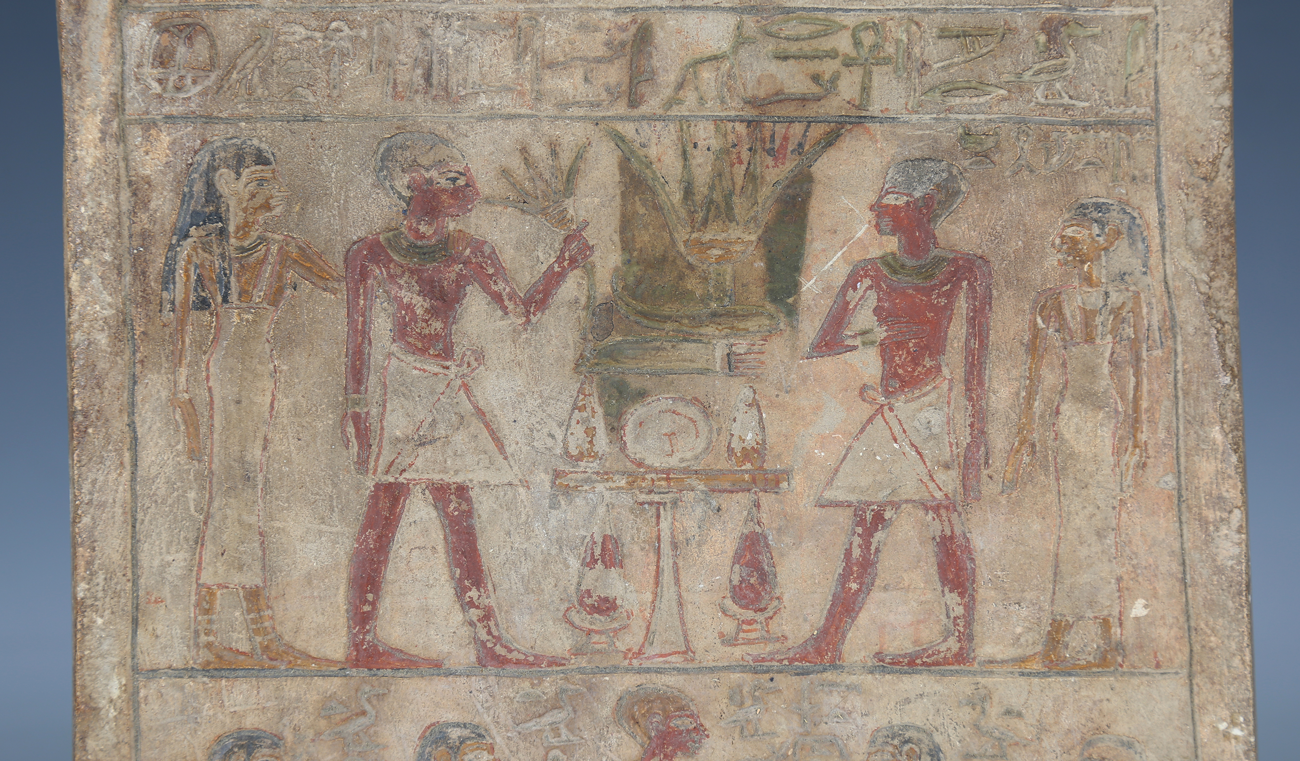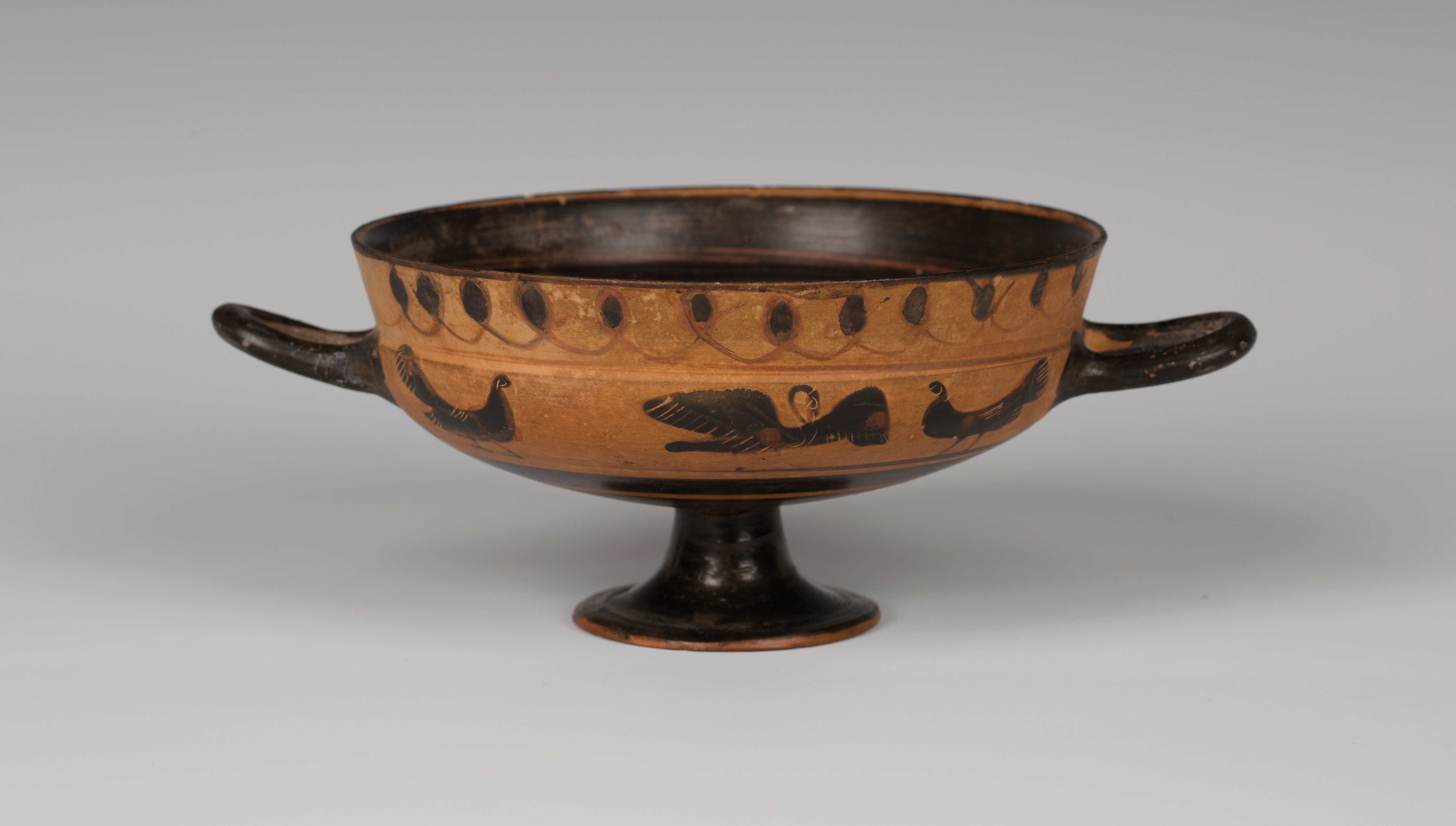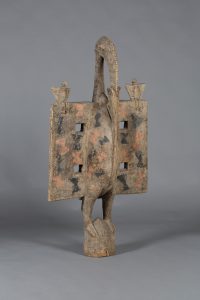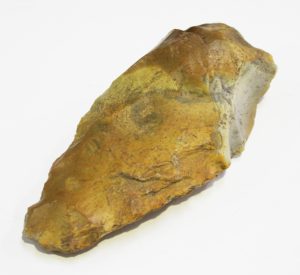
This week I am in the company of Toovey’s Antiquities specialist, Mark Stonard, who has just discovered a rare Egyptian stela from the Middle Kingdom which dates from circa 1850 BC.
He explains that a stela is a slab used in the ancient world primarily as a grave marker but also for dedication, commemoration, and demarcation.
The Middle Kingdom saw a flourishing of the arts and Egyptian power under the Pharaohs. It lasted from 1975 BC to 1640 BC. The Middle Kingdom was the second peak period of the Ancient Egyptian civilization (the other two being the Old Kingdom and the New Kingdom). During this time all of Egypt was united under a single government and Pharaoh.
The owner, a private Sussex gentleman, discovered the grave marker amongst his late Father’s possessions. Mark says “The family had always known of it and brought it to Toovey’s to be authenticated together with other antiquities including flint axes which had been acquired by the gentleman’s grandfather.”
He continues “It is unusual to have this quality of pigmentation and colouring remaining. It is of a more standard type of grave marker, so someone from middle society, the higher classes would have had black marble or black basalt grave markers while this is a sandstone example, easier to carve and easier to produce. But, it’s still an astonishing survivor.”

The script is a standard formulaic offering from the King to the funerary deity Ptah-Seker-Osiris of bread, beer, meat, fowl, clothing, alabaster and “every good and pure thing on which a god lives”. This is followed by the name of the deceased, Nebnetjeru, whose title shows that he was a judge. It also tells how his name is kept alive by his beloved son who recites the offering.
Beneath this inscription we see a table laid with other offerings including a lotus flower. He and his wife are shown on one side with his son and a daughter on the other.
I comment that it is remarkable that you can even pick out their eyes with that crisp white. Mark agrees “Amazing really, they’re beautifully drawn. There is something very contemporary in the depiction of the figures. It is quite possible that this was fashioned into a wall or a shrine inside a tomb. This is an exciting thing and almost 4000 years old.”
I ask Mark what the pre-sale estimate is for this remarkable object and he responds “£15,000 to £20,000.” The Egyptian grave marker will be auctioned on 7th July and entries are still being invited for this specialist auction of antiquities.



